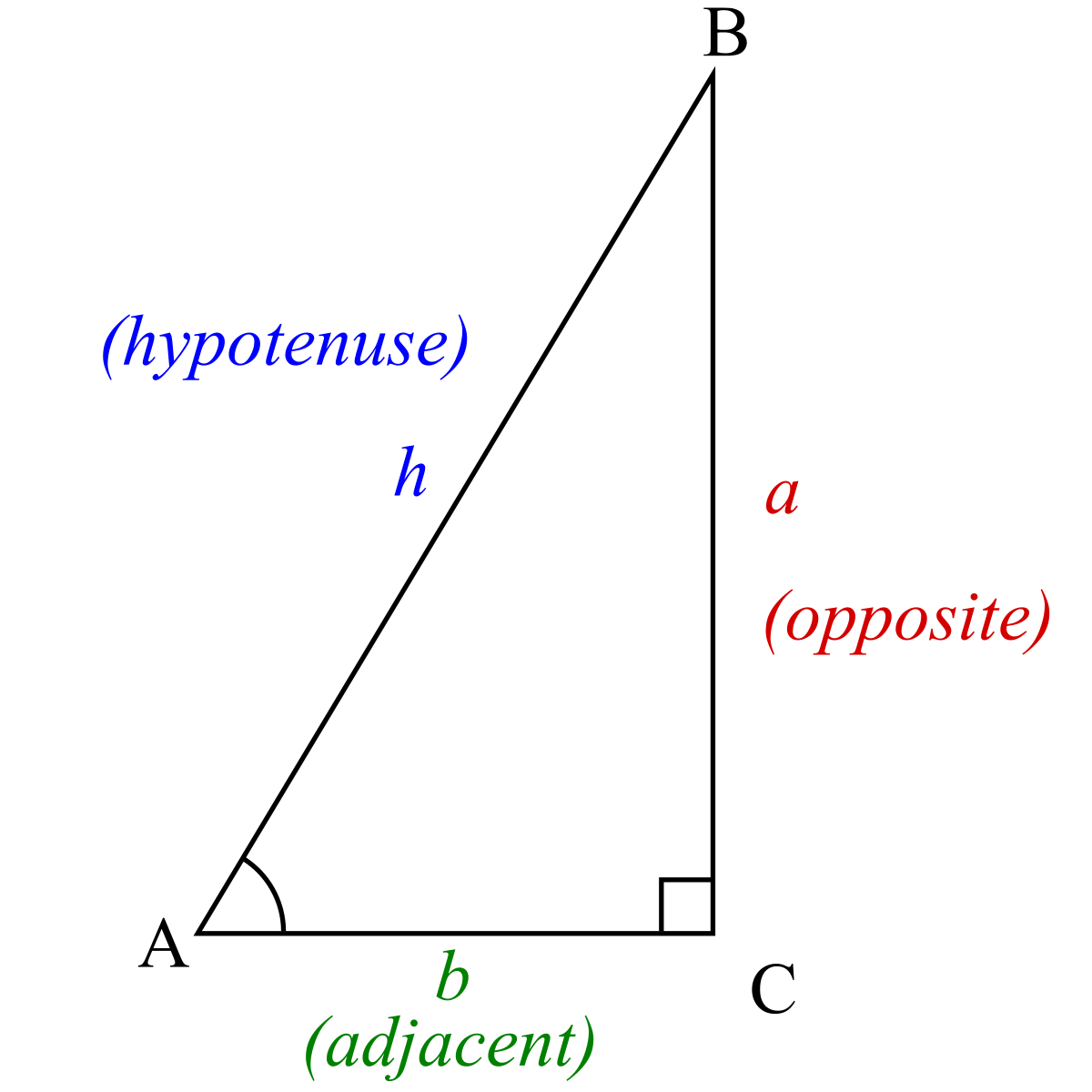Hello - I'm trying to figure out what my next move is to upgrade my solar within (hopefully) the constraints that I already have.
Background:
Right now I have six 310W panels on my garage roof facing South. 3S2P. That's the most I can get on the garage in this direction on the roof. The weather adjusted VOC is slightly over 50V each. The DC is brought into the house with 10 gauge wire through a trench. In the house, it goes through a disconnect box, then to the Morningstar Ground Fault Detection Device (600V model). This goes to the MPP LV6548. I have two Trophy Batteries that are charged through the LV6548. Trophy Battery 48V110C-1. I have a critical loads subpanel that right now for testing has only one circuit. My main panel is connected to the LV6548 through a 60A breaker. The plan eventually after testing is to use Solar first, then battery, then the main electric power. Right now, I haven't added the main electric power.
What I want:
I have six more panels available to put up. Two of those for sure will be on the South facing wall of the garage, attached directly to the wall using superstrut. I am hoping I can figure out how to connect these two panels to the panels already on the garage roof without having to go through the roof again. After this, my array will be 4S2P. I would like to put the four additional panels on the other side of the roof (facing North). However, I am limited here b/c of the following:
Potential Problems:
1. I cannot connect 5 panels in series as the LV6548 is 250V per MPPT and if I connected 5 in series, I would be above this. Also, as these additional panels are facing away from the sun, I wouldn't want them connected in series to the panels facing the sun.
2. B/C of the weird requirements for grounding the PV circuit with the LV6548, I had to purchase the Ground Fault Protection Device (GFPD). If I wanted to use the second MPPT on the LV6548, I would have to buy another GFPD. I believe they are about $450, so I'd prefer not having to do this.
3. I could use a microinverter for each of the additional panels. However, that's not cheap either and I have no idea how I would route the AC power from these inverters into my current system to use for circuits and for charging my batteries.
4. I could scratch the LV6548 and go with something that has a 500V input. The EG4 3kW inverter would be a possibility.
Questions:
Is there an option I haven't considered? Are my issues above correct?
Thank you!
Background:
Right now I have six 310W panels on my garage roof facing South. 3S2P. That's the most I can get on the garage in this direction on the roof. The weather adjusted VOC is slightly over 50V each. The DC is brought into the house with 10 gauge wire through a trench. In the house, it goes through a disconnect box, then to the Morningstar Ground Fault Detection Device (600V model). This goes to the MPP LV6548. I have two Trophy Batteries that are charged through the LV6548. Trophy Battery 48V110C-1. I have a critical loads subpanel that right now for testing has only one circuit. My main panel is connected to the LV6548 through a 60A breaker. The plan eventually after testing is to use Solar first, then battery, then the main electric power. Right now, I haven't added the main electric power.
What I want:
I have six more panels available to put up. Two of those for sure will be on the South facing wall of the garage, attached directly to the wall using superstrut. I am hoping I can figure out how to connect these two panels to the panels already on the garage roof without having to go through the roof again. After this, my array will be 4S2P. I would like to put the four additional panels on the other side of the roof (facing North). However, I am limited here b/c of the following:
Potential Problems:
1. I cannot connect 5 panels in series as the LV6548 is 250V per MPPT and if I connected 5 in series, I would be above this. Also, as these additional panels are facing away from the sun, I wouldn't want them connected in series to the panels facing the sun.
2. B/C of the weird requirements for grounding the PV circuit with the LV6548, I had to purchase the Ground Fault Protection Device (GFPD). If I wanted to use the second MPPT on the LV6548, I would have to buy another GFPD. I believe they are about $450, so I'd prefer not having to do this.
3. I could use a microinverter for each of the additional panels. However, that's not cheap either and I have no idea how I would route the AC power from these inverters into my current system to use for circuits and for charging my batteries.
4. I could scratch the LV6548 and go with something that has a 500V input. The EG4 3kW inverter would be a possibility.
Questions:
Is there an option I haven't considered? Are my issues above correct?
Thank you!









